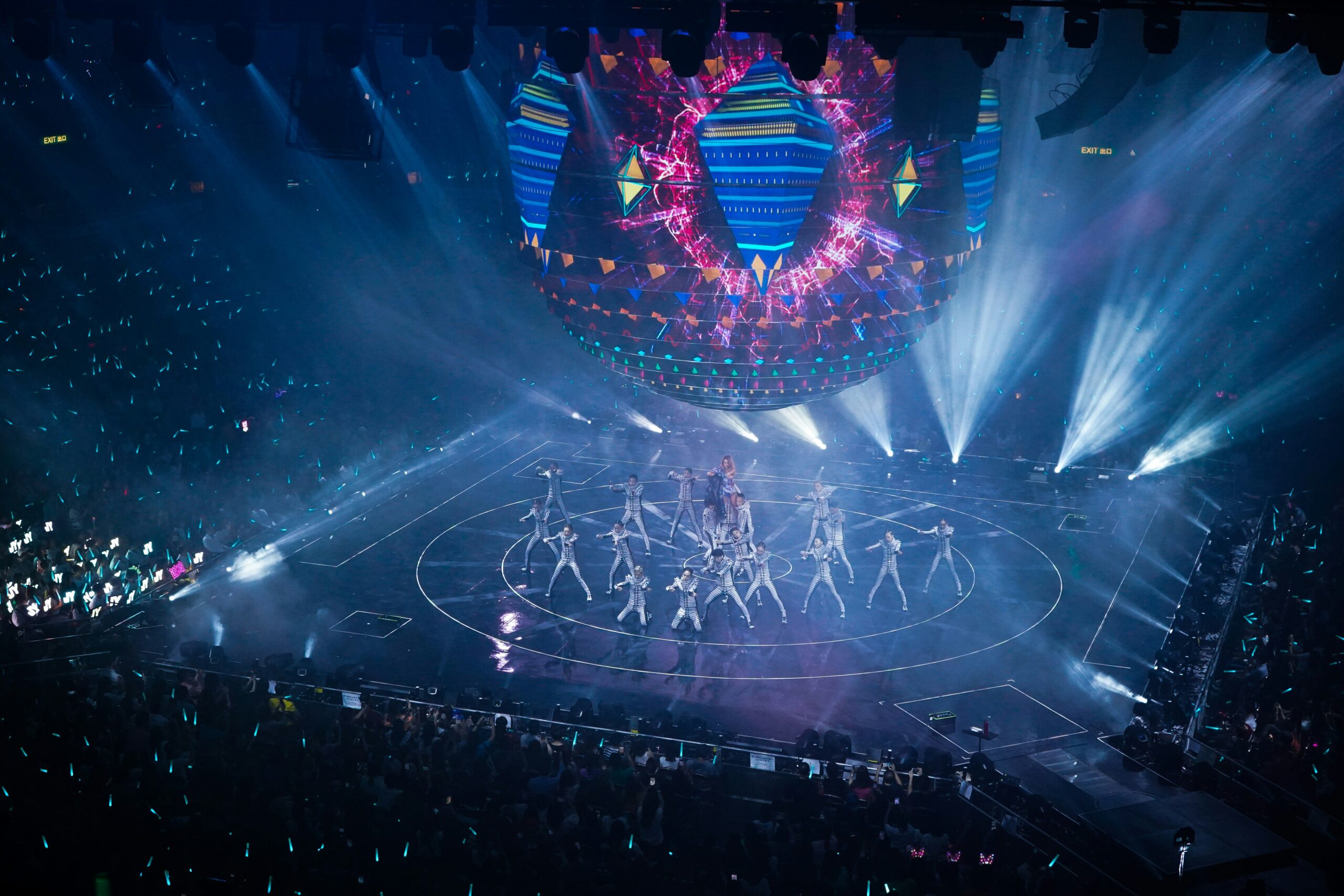This article is in partnership with Day Translations and DayVIP. .
What Are Enterprise Solutions?
We can describe Enterprise Solutions as a package of software-based services to assist large companies in running various functions.
Examples of Enterprise Solutions include:
- CRM or customer relationship management software to handle the lifecycle of a customer’s journey and communicate with potential customers;
- BI or business intelligence to analyse data and make better decisions based on that data;
- CMS or content management systems to organise digital content on websites and other platforms such as social media.
The list goes on but this is just a quick summary of the most popular software applications in use, which can include email newsletters management such as Oracle Responsys Campaign Management with email automation and data insights functionality. On a side note, sites such as Mailchimp and Substack are aimed at small businesses and individuals; they cannot be defined as Enterprise Solutions because they lack the level of sophistication required to handle complex problems that large organisations face including security for significant volumes of data.
There are also many specific Enterprise Solutions that are more tailored for individual industries and what goals an organisation wants to achieve.
Finally, Enterprise Solutions are more expensive than your average off-the-shelf, mass-market solution, are able to manage complex workflows and have more advanced features.
Enterprise Solutions for Language Translation
Translations for large organisations require a matching software solution that is capable and can perform with vast amounts of data.
Examples of Enterprise Solutions for language translations include cloud-based Machine Translation platforms, Localisation Management Systems and Enterprise Translation Services. The last one, in particular, is the most interesting because it’s a hybrid between human translation and machine translation.
Day Translations, for instance, uses CAT or computer-assisted translations to optimise the translation process, ultimately making it faster and more standardised, which means that multiple translators can work on the same document and the resulting output is cohesive in style and meaning.
Example of CAT tools include these entries in a past Day Awards edition:
• Lokalise
• Trados
• Smartling
• SmartCat.
Based on popularity, TRADOS and SmartCAT have won in their category at the Day Awards in the past few years.
Some of these software solutions have been in the market for decades and are used by professional translators around the world. SDL TRADOS Studio is still considered to be the most popular automated tool for translators although it is quite complex to learn and has a high price point.
Global translation companies that require teams to collaborate and work together with project managers tend to use solutions such as Memsource and memoQ server, which allow for simultaneous work which can be saved either offsite in a cloud server or onsite on corporate servers.
Machine Learning solutions can also be further customised to produce translated content using specific technical language. Building a centralised hub with glossaries and other linguistic expressions allows translators to get access to the correct terminology without having to spend time scanning through lengthy research papers or other reference documents. Having said that, it is good practice to check sources for the accuracy of some statements.



